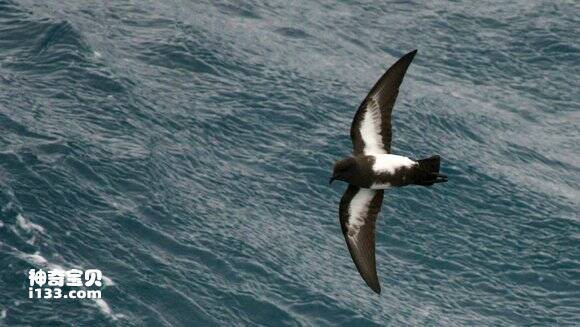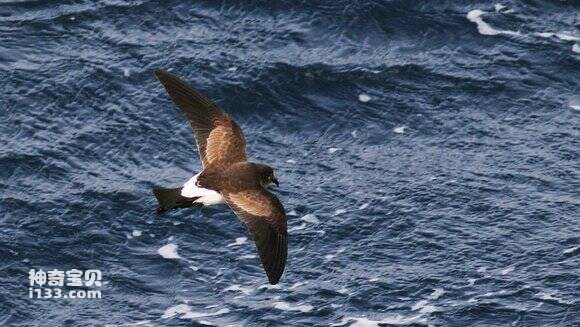Fregetta tropica
IUCN
LCBasic Information
Scientific classification
- name:Fregetta tropica
- Scientific Name:Fregetta tropica,Black-bellied Storm Petrel
- Outline:Waterfowl
- Family:
Vital signs
- length:No textual research information is available
- Weight:No textual research information is available
- lifetime:No textual research information is available
Feature
Distribution and Habitat
It is found in central and southern Africa (including the southern Arabian Peninsula and the entire African continent south of the Sahara Desert (Tropic of Cancer).) Indian Ocean (including Madagascar and its nearby islands). South America (including Colombia, Venezuela, Guyana, Suriname, Ecuador, Peru, Bolivia, Paraguay, Brazil, Chile, Argentina, Uruguay, and the Malvinas Islands (also known as the Falkland Islands)), The Indian subcontinent and the southwestern part of China (including India, Bangladesh, Bhutan, Sikkim, Nepal, Pakistan, Sri Lanka, Maldives and the southeastern part of Tibet, China, etc.) , Indochina Peninsula and southeast coastal areas of China (including Myanmar, Vietnam, Laos, Cambodia, Thailand and southeast coastal areas of China, Hong Kong region of China, Hainan Island). The Pacific Islands (including China's Taiwan Province, Dongsha Islands, Xisha Islands, Zhongsha Islands, Nansha Islands and the Philippines, Brunei, Malaysia, Singapore, Indonesia's
Appearance
The details are unknown.
Details
Fregetta tropica, Black-bellied Storm Petrel, or black-bellied storm petrel, is a congregating bird, either in nesting areas or at sea, mostly in small or loose groups, although some species are solitary. They spend their entire lives at sea, returning to land only to breed. With the exception of a few species that land during the day, most species return to their nests after dark to reduce prey from predators such as gulls, skuas, crows and birds of prey. They often fly close to the sea, as agile as swallows, and sometimes their feet touch the water, as if walking on water. Occasionally dives into the water to hunt, but soon jumps out again. Rarely stop to rest on the surface of the sea.

The black-belly petrel has a small mouth crack and can only prey on small fish and squid and krill floating on the sea surface. Often splashing or swaying on the water with their feet, feeding on disturbed and alarmed zooplankton and small fish. Sometimes they follow fishing boats, whale and dolphin herds, or schools of fish to hunt for small, fleeing fish.

Protect wild animals and eliminate wild meat.
Maintaining ecological balance is everyone's responsibility!








